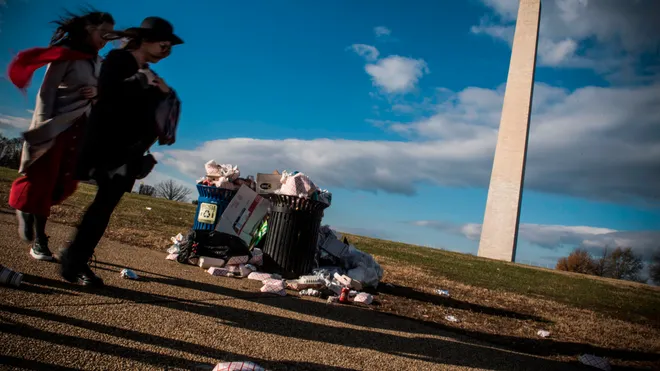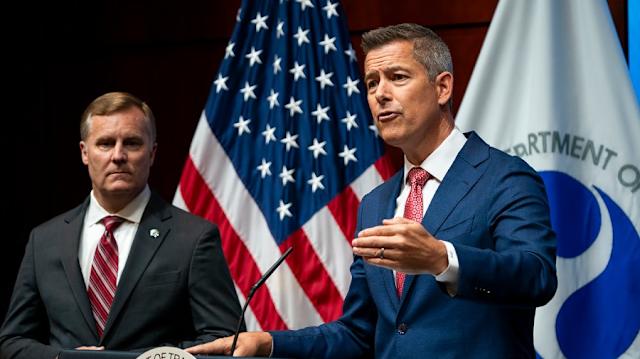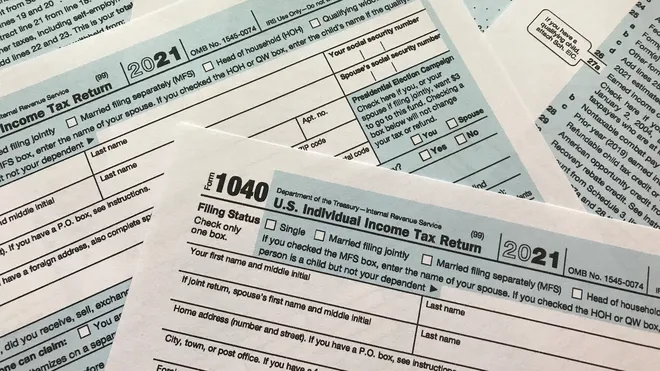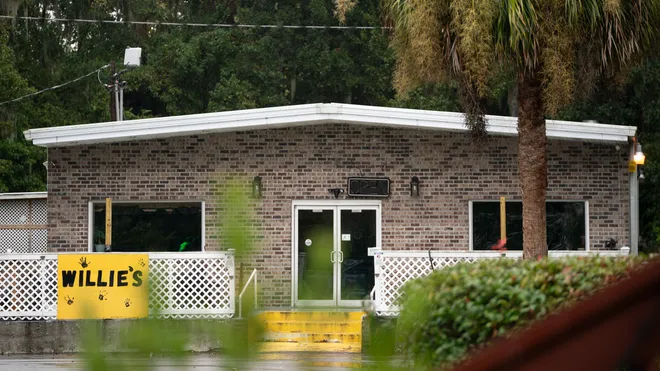
Over the past half‑century, the United States has experienced a series of government “shutdowns” (or funding gaps) when Congress and the President failed to enact appropriations or continuing resolutions before the start of a fiscal period. While many of these were short and limited in scope, a few stretched across weeks, significantly disrupting federal operations. Below is a narrative summary of key shutdowns since the 1970s:
The modern era of government shutdowns begins in 1980, when for the first time a lapse in appropriations led to an enforced closure of a federal agency (the Federal Trade Commission) under a stricter reading of the Antideficiency Act. In subsequent years, short durations of a few days became somewhat more common, especially during the 1980s where disagreements over spending priorities led to intermittent funding gaps.
A more prominent shutdown came in October 1990, lasting about three days (October 6–8), tied to disputes over deficit reduction and tax increases. The 1990 episode made visible how even short shutdowns could disrupt publicly visible services like museums and national parks.
The most significant shutdowns occurred in the mid‑1990s under President Bill Clinton and a Republican Congress. In November 1995, the government shut down for 5 days (November 14–19), followed by a second, longer closure from December 16, 1995 to January 6, 1996 (21 days). These shutdowns affected hundreds of thousands of federal workers (many furloughed) and generated intense political and media backlash.
In 2013, under President Barack Obama, a 16‑day shutdown (October 1–17) resulted from deadlock over funding Obamacare provisions and general appropriations.This closure again forced large numbers of federal employees to be furloughed and delayed many government services.
The most prolonged shutdown in U.S. history came during 2018–2019 under President Donald Trump, stretching from December 22, 2018 to January 25, 2019 (35 days). During this period, many executive agencies curtailed operations, some federal employees worked without pay, and the shutdown had measurable economic costs.
In total, over the last five decades, there have been multiple funding gaps, though only a few have taken on the magnitude of major disruptions.







